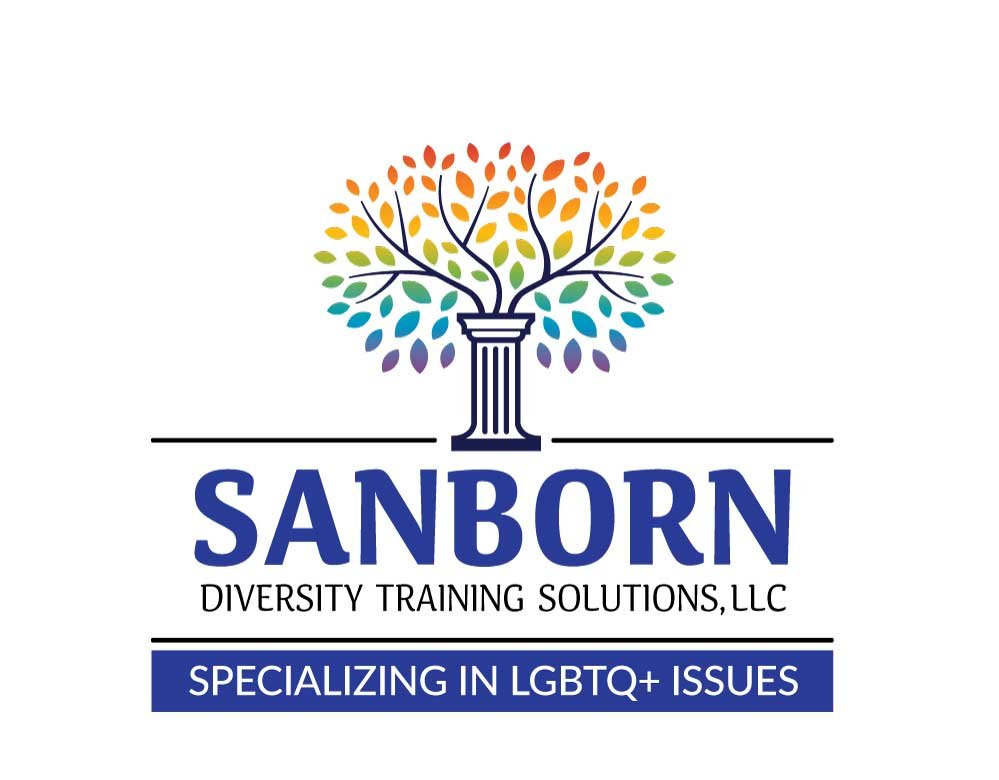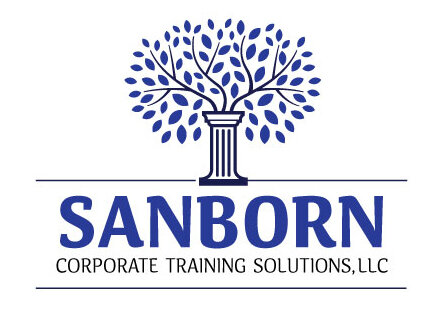The Top Four Best Practices for Engaging with the LGBTQ+ Community
A key aspect of what we teach in our training sessions is up to date, actionable "best practices" for engaging with members of the LGBTQ+ community. These are strategies that organizations can put into practice immediately.
During our training, we take participants through a wide array of best practices. In this article, I'd like to share what I would rank as the four most important "best practices" for engaging with the LGBTQ+ community. These are the foundational ones!!
1. Never make assumptions about someone's sexual orientation, gender identity, or relationship status.
If you stop and think about it, people generally tend to assume, unless specifically told otherwise, that everyone they meet is straight. This is due in large part to social conditioning, the messages we grew up with, and the images we see reflected in the media we consume. Those internal assumptions are natural, and don't make you bigoted or a bad person by any stretch of the imagination. However, vocalizing or acting on those assumptions has the potential to create awkward situations or other problems. Therefore, just make it your practice to never assume.
2. Use gender-neutral, inclusive terms whenever possible.
What does this look like in real life? Saying things like "spouse or partner" instead of "wife/husband" or "boyfriend/girlfriend." When you're addressing a group of people, instead of reverting to the trusty old "ladies and gentlemen," try "esteemed guests," or—one of my favorites—"friends and colleagues." In writing a form letter, instead of "Dear Sir or Madam," try "Dear Gentlepersons." This takes gender out of the equation altogether.
Why is this important? For one, it goes hand-in-hand with Best Practice Number One—not making assumptions. If you meet a man and ask him "What does your wife do for work?" you've just made an assumption. If you ask instead, "What does your partner do for work?" you're leaving it open.
Also, some people identify as nonbinary—not fitting strictly into one of the boxes of male or female, but rather knowing themselves as being somewhere along the spectrum of gender identity. So, if you use gendered language, such as "Ladies & Gentlemen" you're potentially leaving the nonbinary folks who might be in your audience out in the cold.
3. Respect pronouns, and share your own whenever possible
This is a vitally important best practice. By respecting the pronouns that a person uses, you are honoring the core of their identity, and showing that you respect their innate human right to self-identification.
This is especially important for transgender people, who may have shifted to using different pronouns during the course of transitioning, and for nonbinary folks, who often use more expansive pronouns than just he or she. Many nonbinary folks utilize the pronouns they/them/theirs, because that's gender neutral, and again, as a nonbinary person, they are not fitting into that strict gender binary. So for example, if I'm talking about a friend who is nonbinary, I would say "They went to the store to buy groceries. I'm going to call them later."
At the same time, in addition to always respecting and honoring the pronouns that a person uses, try sharing your own pronouns whenever possible—in email signatures, on Zoom titles, when introducing yourself, or the like. Doing this normalizes the process of sharing pronouns, so if someone is nonbinary or transgender and is at risk of being misgendered with the wrong pronouns, it will be easier for them to share their pronouns up front, because doing so has been normalized. In other words, make it mundane, so it gets to the point of being commonplace where, "Oh this is just what we do—we share our pronouns.
4. Finally, and perhaps most importantly, ensure that you are teachable and allow your self to be educated with an open mind
If you can follow this best practice, you are halfway there!
Remember that it's absolutely OK to ask questions respectfully. Get comfortable with asking for clarification if you don't understand something.
It's also OK to make mistakes. It's how you handle the mistake that counts. Apologize briefly and sincerely and continue with the conversation. Just like when you were learning to ride a bike—you knew you were going to fall, it was all a matter of picking yourself up and getting back on the bike again. Learning how to better and more sensitively engage with the LGBTQ+ community is just like learning any other new skill. It takes time and effort.
Undergirding all of these best practices is the concept of respect. At the end of the day, it really is all about respecting each other as fellow human beings.
To continue your journey of education in LGBTQ+ cultural competency, call or email for a consultation on how we can bring our training to your organization.

